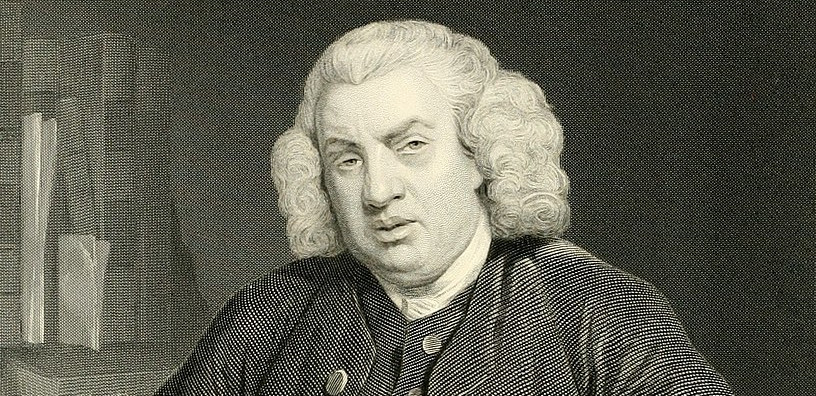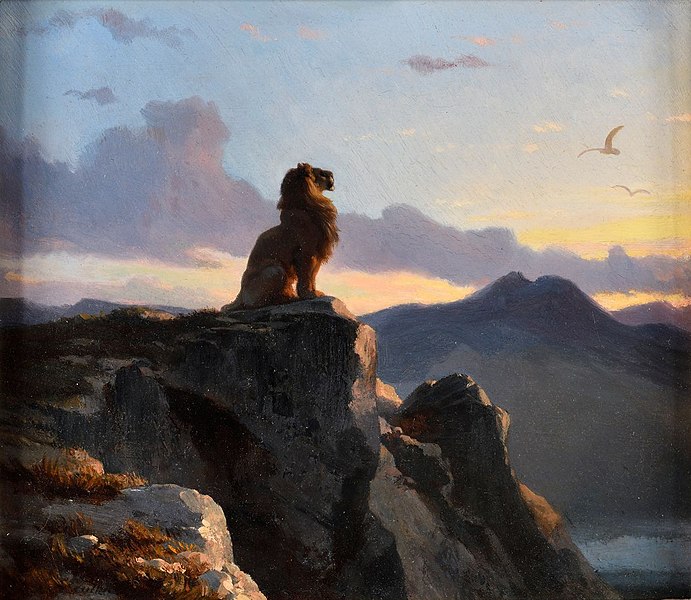Palindromes submitted by correspondent Henry Campkin to Notes and Queries in 1873:
A milksop jilted by his lass, or wandering in his wits,
Might murmer STIFF, O DAIRYMAN, IN A MYRIAD OF FITS!
A limner, by Photography dead beat in competition,
Thus grumbled: NO IT IS OPPOSED, ART SEES TRADE’S OPPOSITION!
A nonsense-loving nephew might his soldier-uncle dun,
With NOW STOP, MAJOR GENERAL, ARE NEGRO JAM POTS WON?
A supercilious grocer, if inclined that way, might snub
A child with, BUT RAGUSA STORE, BABE, ROTS A SUGAR TUB!
Thy sceptre, Alexander, is a fortress, cried Hephaestion:
Great A. said, NO, IT’S A BAR OF GOLD, A BAD LOG FOR A BASTION!
A timid creature fearing rodents — mice and such small fry —
STOP, SYRIAN, I START AT RATS IN AIRY SPOTS, might cry.
A simple soul, whose wants are few, might say, with hearty zest,
DESSERTS I DESIRE NOT, SO LONG NO LOST ONE RISE DISTRESSED.
A stern Canadian parent might — in earnest, not in fun —
Exclaim, NO SOT NOR OTTAWA LAW AT TORONTO, SON!
A crazy dentist might declare, as something strange or new,
That PAGET SAW AN IRISH TOOTH, SIR, IN A WASTE GAP! True!
A surly student, hating sweets, might answer with élan;
NAME TARTS, NO, MEDIEVAL SLAVE, I DEMONSTRATE MAN!
He who in Nature’s bitters, findeth sweet food every day,
EUREKA! TILL I PULL UP ILL I TAKE RUE, well might say.
“Dr. Johnson has somewhere said that there are many things difficult to accomplish, and which, when accomplished, are not worth the labour expended upon them. Sage correspondents of ‘N. & Q.,’ after scanning the above, will doubtless concur in opinion with the sententious old Moralizer.”

(Colin Rose)


